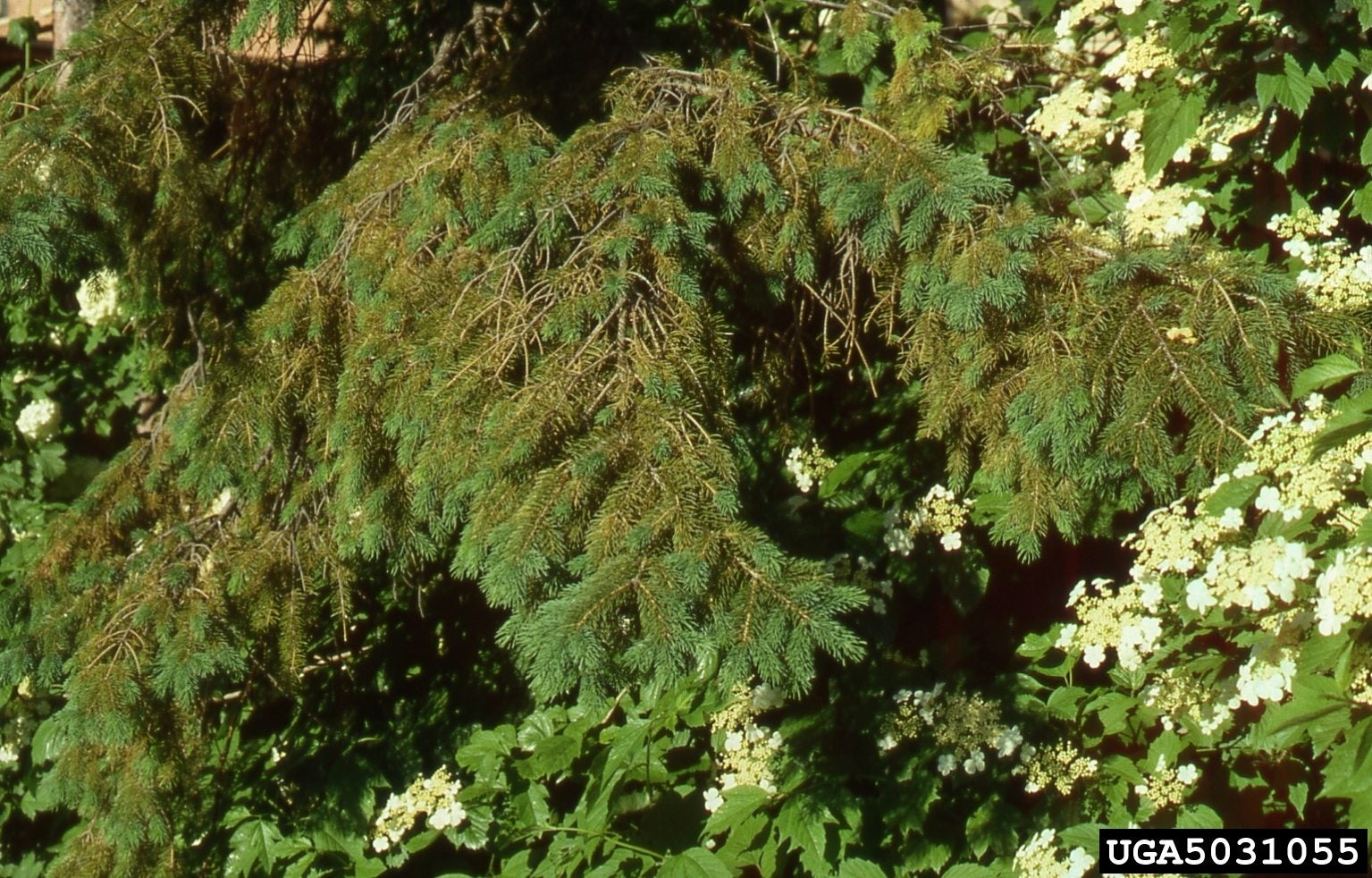Needle Cast Treatment – Learn About Stigmina And Rhizosphaera Needle Cast In Trees


Have you ever seen a tree, such as spruce, with healthy-looking needles at the tips of the branches, but no needles at all as you look further down the branch? This is caused by needle cast disease. Find out more in this article.
What is Needle Cast Disease?
Needle cast diseases cause spruce trees to “cast off” their older needles and keep only the young needles at the tips of the branches. The tree becomes unattractive and may look as though it is dying, but don’t despair. Rhizosphaera and Stigmina, the two most common needle cast diseases of spruce trees, are treatable. You can have your tree looking lush and beautiful again within a few years by following a program of needle cast treatment.
Stigmina and Rhizosphaera Needle Cast in Trees
These diseases primarily affect blue spruce. If you have seen trees affected by needle cast disease in the area, avoid planting this highly susceptible tree. Instead, consider planting Norway spruce, which is resistant. White spruce and other conifers, like pine and fir, are also susceptible. The first step is to get a reliable diagnosis. Experts recommend that you send a few diseased needles to a diagnostic laboratory where they can run tests to identify the problem. If you feel comfortable trying to identify the disease at home, here’s what to look for:
- Trees with Stigmina or Rizosphaera needle cast fungus have a distinctive appearance. The branches have green, healthy needles at the tips and diseased and dying needles toward the trunk. The damage begins on lower branches and moves up the tree.
- Trees affected by needle cast disease have needles that turn yellowish in summer, gradually changing to purplish brown in late winter and spring.
- If you look at the needles with a hand lens, you’ll see rows of small black dots. These dots are the fruiting bodies of the fungus, and they are diagnostic of the disease. Rows of white dots are normal.
Treat the tree by spraying with a fungicide twice in the spring and then once every four weeks during wet weather. Alternate between sprays with different active ingredients. Copper and chlorothalonil are two active ingredients that are proven effective against the disease. Keep in mind that these sprays are highly toxic to plants, animals, and people. Follow the safety precautions on the label to the letter. Wear the recommended protective clothing and read all instructions regarding mixing and applying the fungicide before you begin. Large trees are difficult to treat without help from a tree service.
Gardening tips, videos, info and more delivered right to your inbox!
Sign up for the Gardening Know How newsletter today and receive a free copy of our e-book "How to Grow Delicious Tomatoes".

Jackie Carroll has written over 500 articles for Gardening Know How on a wide range of topics.
-
 Moody Blooms For Spring: 8 Types Of Black Flowers To Add Drama To Spring Displays
Moody Blooms For Spring: 8 Types Of Black Flowers To Add Drama To Spring DisplaysFrom midnight burgundies to inky violets, several types of black flowers can enrich and embolden a spring display. Try these brooding bloomers for a moody garden
By Tonya Barnett
-
 Can Snake Plants Live Outside? Everything You Need To Know For Snake Plants Al Fresco
Can Snake Plants Live Outside? Everything You Need To Know For Snake Plants Al FrescoSnake plants can live outside given the right conditions, but be careful that they don't take over! Learn the best way to use snake plants in your landscape.
By Mary Ellen Ellis